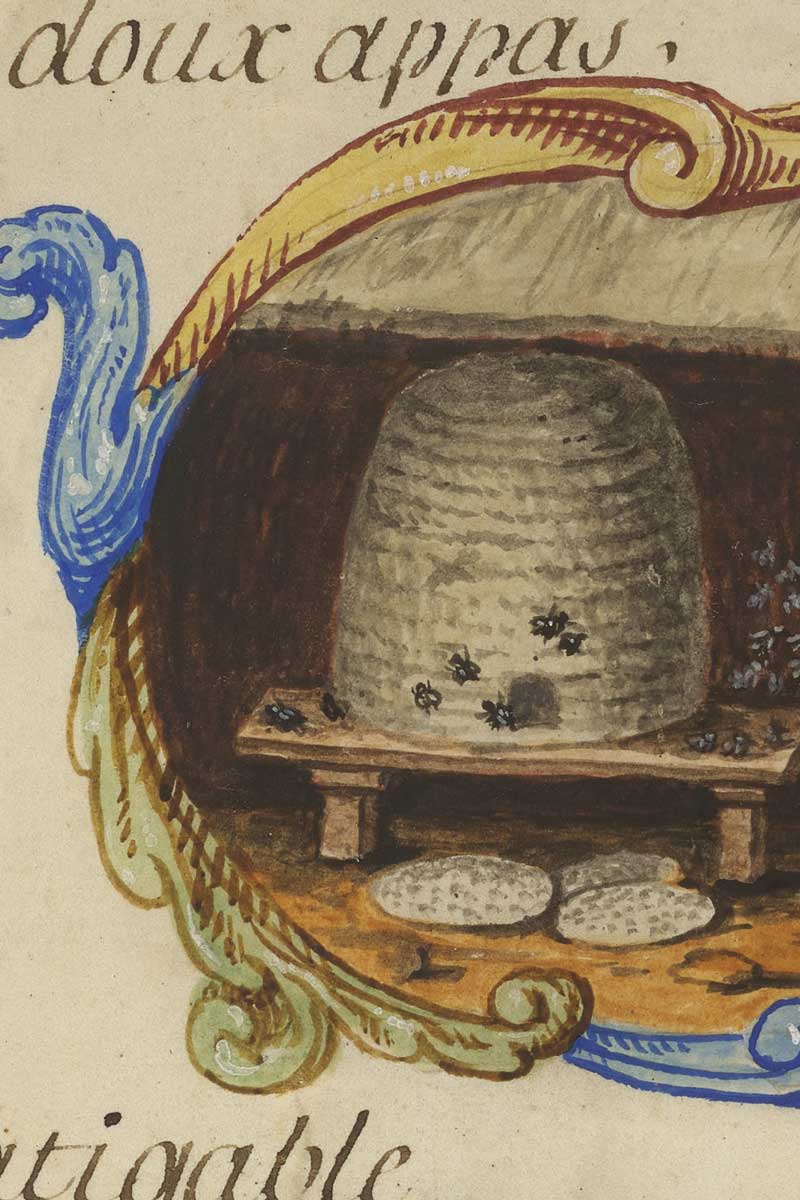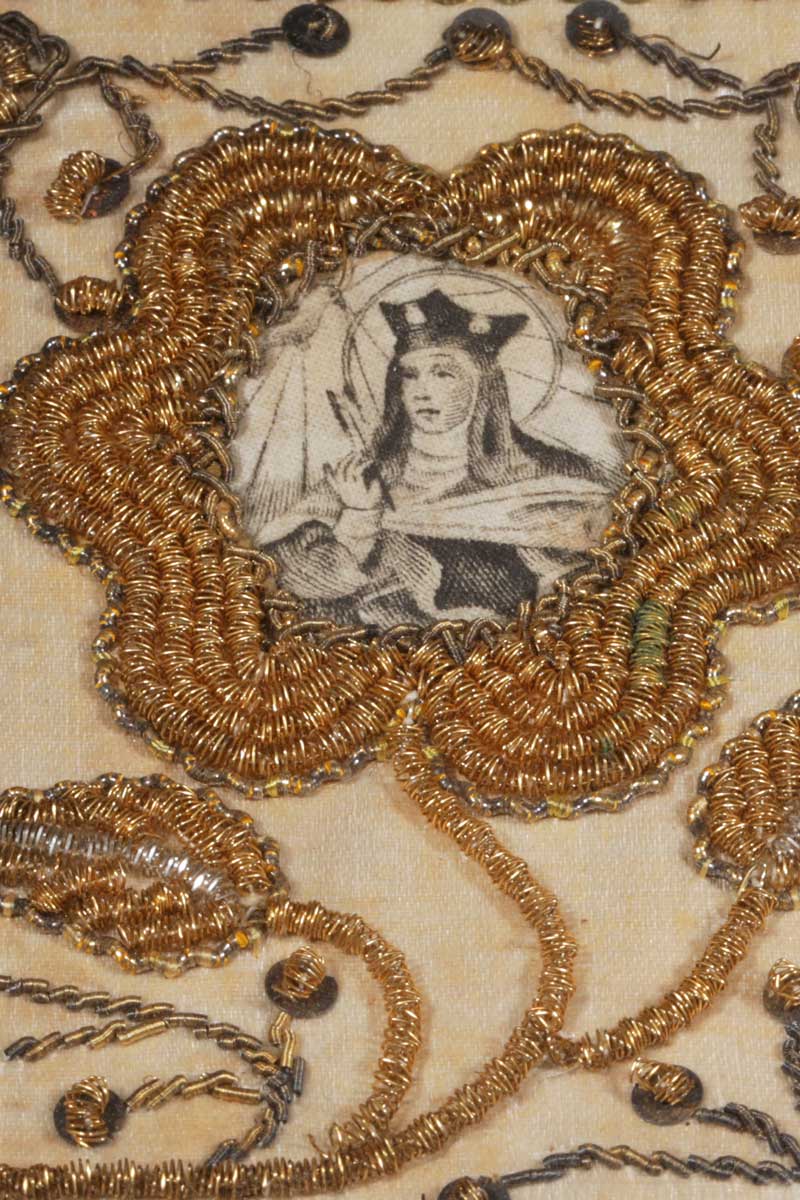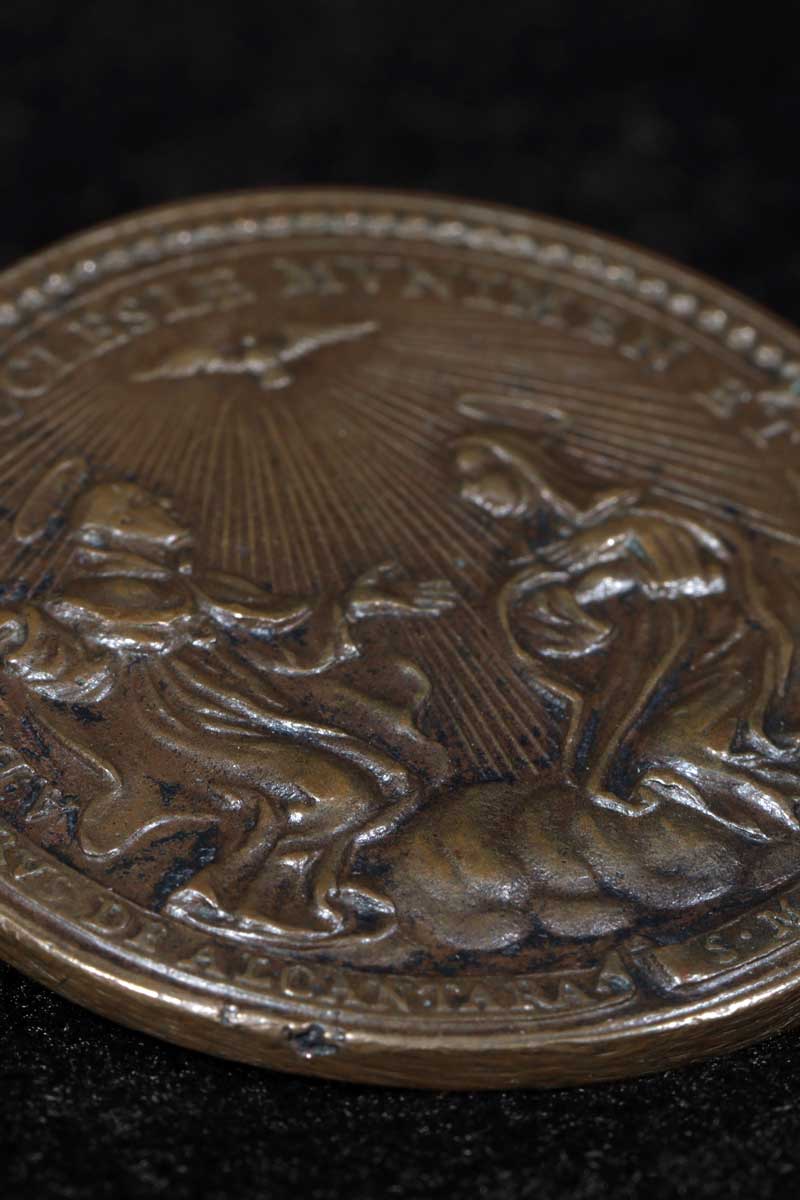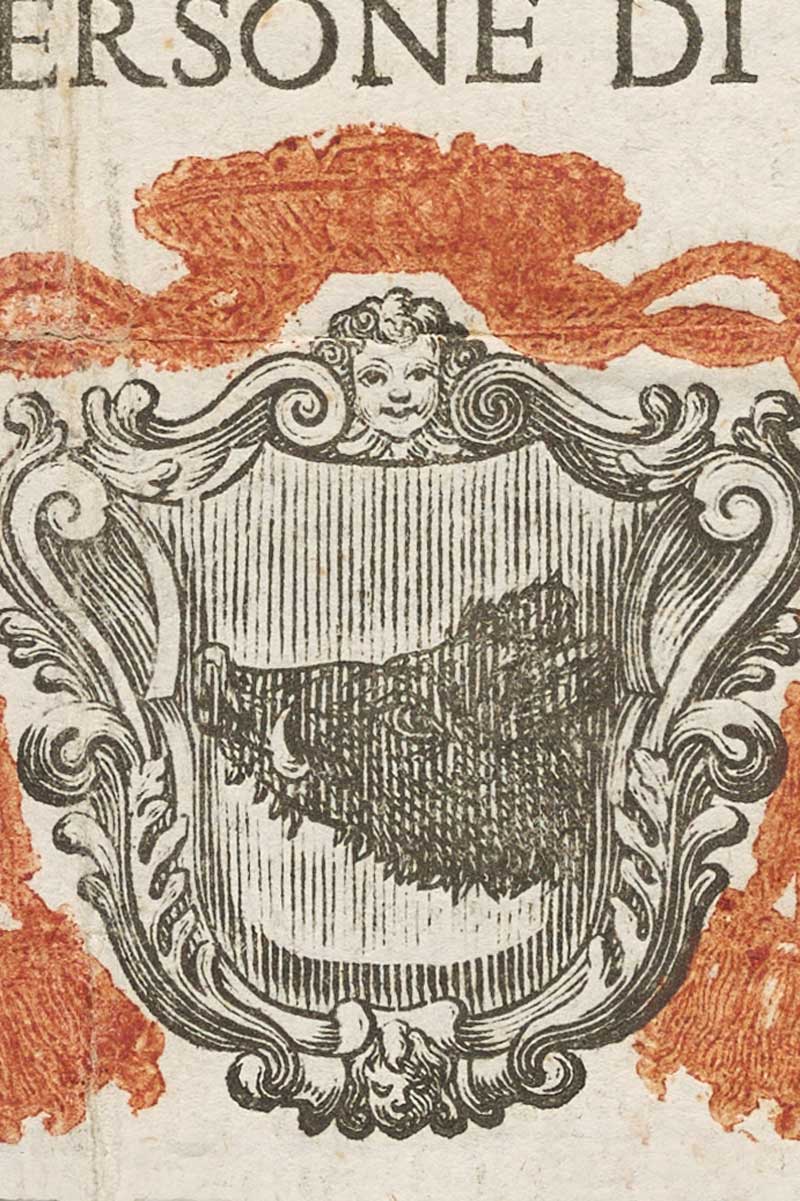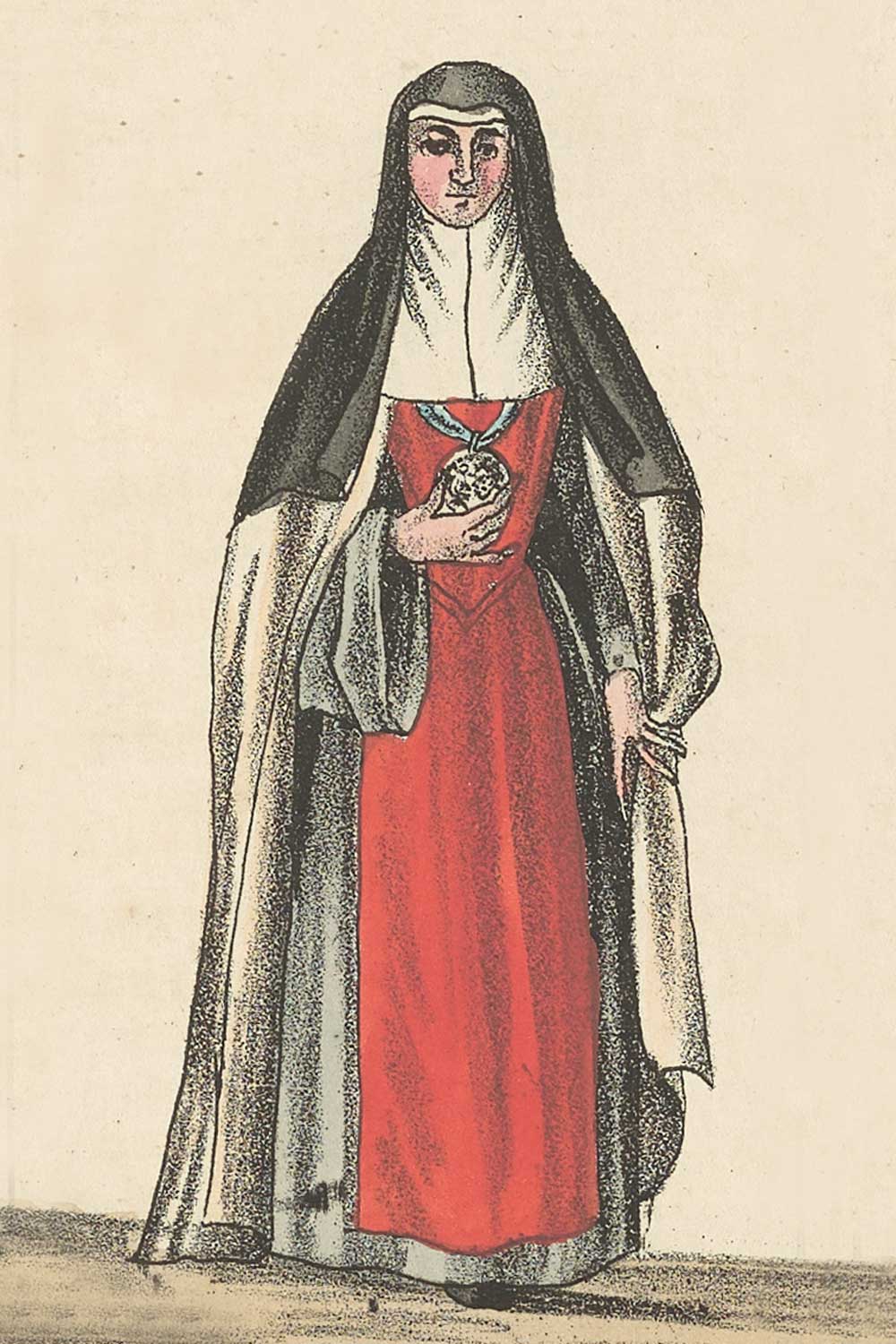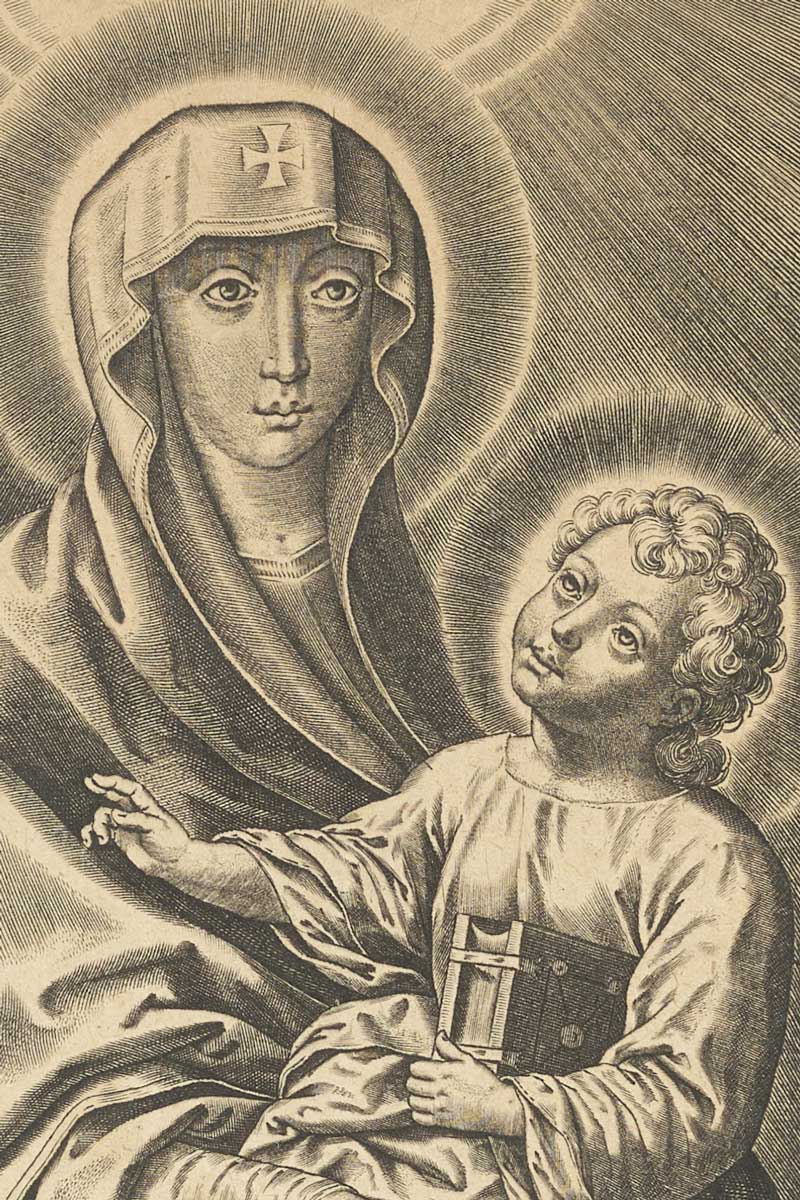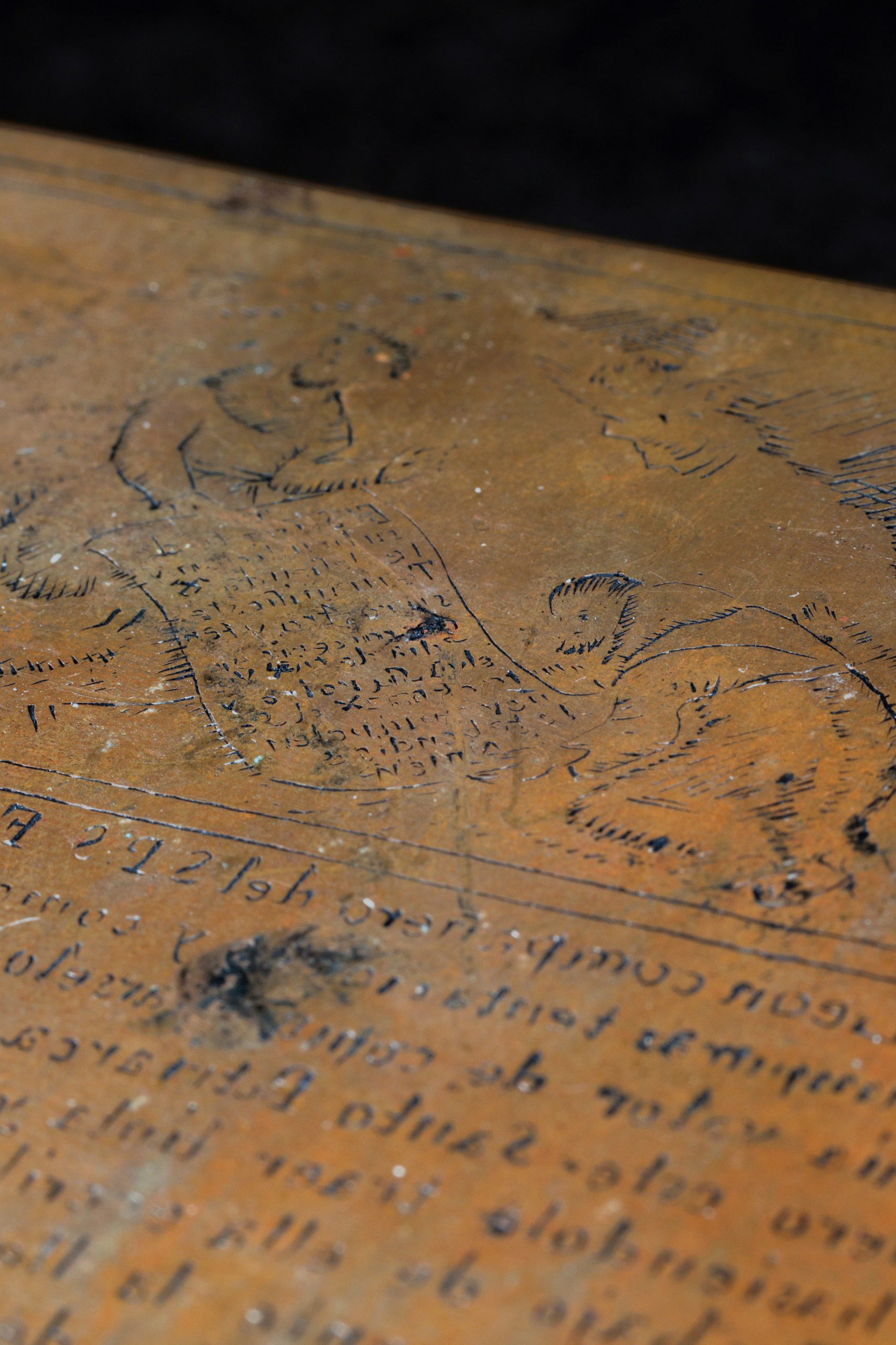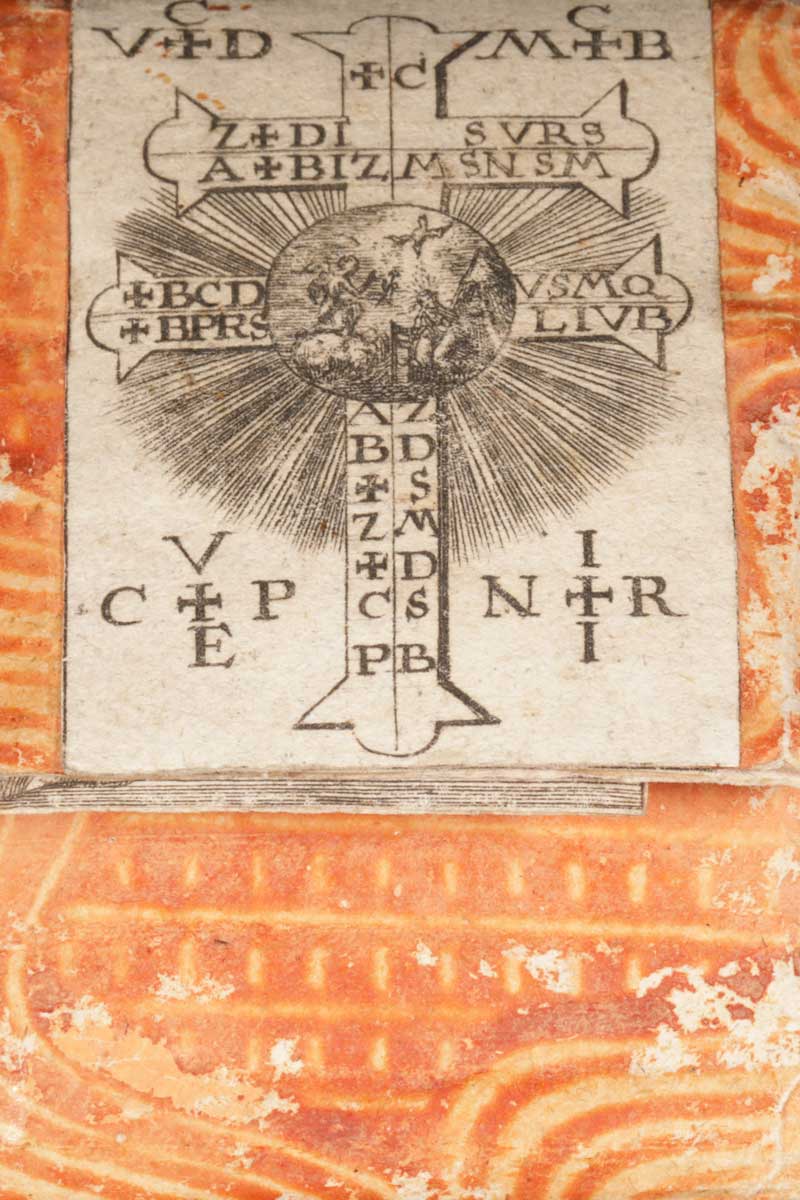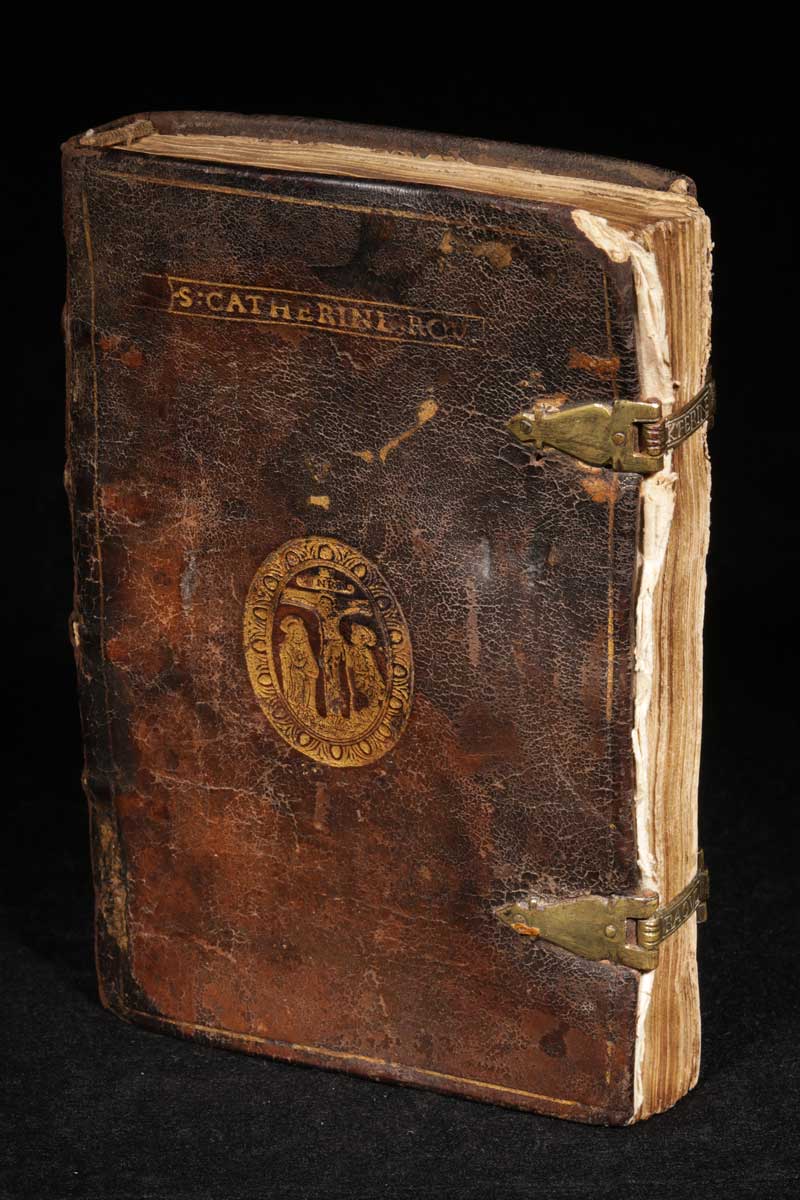Women of the Book
The Women of the Book Collection is the largest gathering of rare books, pamphlets, manuscripts, and ephemera dedicated entirely to the lives and cultural experiences of early modern women, circa 1450–1800. What distinguishes the collection is its singular focus on Roman Catholic women religious, in particular nuns, female mystics and miracle workers, and lay holy women. Their unique access to print publication and the dissemination of their writings and life stories during this period was made possible through their association with often wealthy ecclesiastical institutions, in particular cloistered convents, tertiary houses, and lay confraternities.
The vast majority of the collection, perhaps as much as 90 percent of some 725 individual items in total, date from the seventeenth and eighteenth centuries, and are almost entirely printed in vernacular languages. The collection reflects the linguistic and geographic diversity of early modern female monasticism; approximately half of its materials are Italian and French, while the rest include significant Spanish holdings (as well as a number of items produced in the Spanish Empire), several Flemish works, and smaller numbers of largely German, Swiss, and Portuguese books.
The titles are also generally quite rare: nearly one-third of the items are completely unrepresented in North American libraries; one-quarter survive in just a handful of recorded copies; and one-fifth are entirely unrecorded elsewhere and presumably unique. Approximately one-quarter of the books in the collection bear unique manuscript annotations reflecting past provenance and adaptive or interpretive marginalia.
Cloistered convents, and female religious houses more generally, provided early modern women with hitherto unavailable access to a contemplative life of the mind—including educational opportunities, conventual libraries, and the resources needed to compose original works of theological, devotional, mystical, and liturgical significance—thanks to their protected status within the Roman Catholic Church.
Though driven in large part by the proliferation of reformed medieval and newly founded early modern female monastic orders—the Ursulines, Discalced Carmelites, Visitandines, Conceptionists, and so on—a great deal of this print culture is rooted in a rapid proliferation of interest in the sanctification (i.e., beatification and canonization) and saintly veneration of famously devout Catholic women religious. Perhaps the single best-represented woman in the collection was also the premier model of early modern piety, sanctity, and intellectual achievement, and one of the first beneficiaries of major reforms in the Congregation of Rites that governed the processes and increased speed of sanctification: Saint Teresa of Avila (died 1582, beatified 1614, canonized 1622). Other “celebrity” nuns well represented in the collection that follow the Teresian model include Maria Maddalena de’ Pazzi, Maria de Ágreda, Rose of Lima, Jeanne-Françoise Frémiot de Chantal, and Marguerite Marie Alacoque, among many others.
The most common genres within this literature are biographical and hagiographical accounts of the exemplary lives of these religious women. However, the subjects range dramatically and encompass many varieties of devotional, ecclesiastical, liturgical, mystical, and missionary subjects, including prayer books (many with unique musical notations); the rules and constitutions of particular orders and lay female confraternities; texts relating to everyday life and the domestic economy of convents; libros de professiones (matriculation record books for individual convents); illustrated plate books representing the lives and deeds of saintly nuns; personal devotions to the Virgin Mary and venerations of female saints; works related to female labor in hospitals and in medicine more generally; lawsuits and legal testimony of miracles (particularly female bilocation), demonic possession, exorcism, and autos-de-fé; foundation accounts of female monastic houses in the New World; education and teaching; costume books; convent plays and procession accounts; and works printed by orders of reformed sex workers.
Due to the Catholic tradition of treating books and material objects as holy and invested with spiritual power in early modern Europe, there is also a wide range of custom-made items in the collection, including apotropaic book amulets, embroidered and painted bindings, contact relics, and various klosterarbeit (objets d’art made by nuns for sale to pilgrims), including elaborately framed devotional portraits and various para-liturgical devices. Another singular strength of the Women of the Book Collection lies in its rich holdings of dozens of printed single-sheet ephemera, almost all of which are unrecorded in any other copies. These include original engraved copperplates, indulgence sheets, investiture poems, ex voto and holy cards, confraternity charters, and bespoke illustrated and illuminated documents of profession.
An international conference sponsored by the Virginia Fox Stern Center was convened in the fall of 2019, which formed the basis of a forthcoming, heavily illustrated book on the collection to be jointly published in 2025 by the Pennsylvania State University Press and the Stern Center. A major exhibition of the collection will appear in Johns Hopkins’s historic George Peabody Library (September 2022–January 2023). A research fellowship program focusing on the collection has also been created, and jointly sponsored by the Stern Center and the Renaissance Society of America. Approximately 90 percent of the Women of the Book Collection has been entirely digitized thanks to a generous grant from the Arcadia Fund and is freely accessible through the Internet Archive. A keyword searchable, single document catalogue of the collection provides extensive details on every item, keyed to existing digital surrogates as well, which can be downloaded via the “Women of the Book Catalogue” button below.
—Kelsey Champagne, Earle Havens



